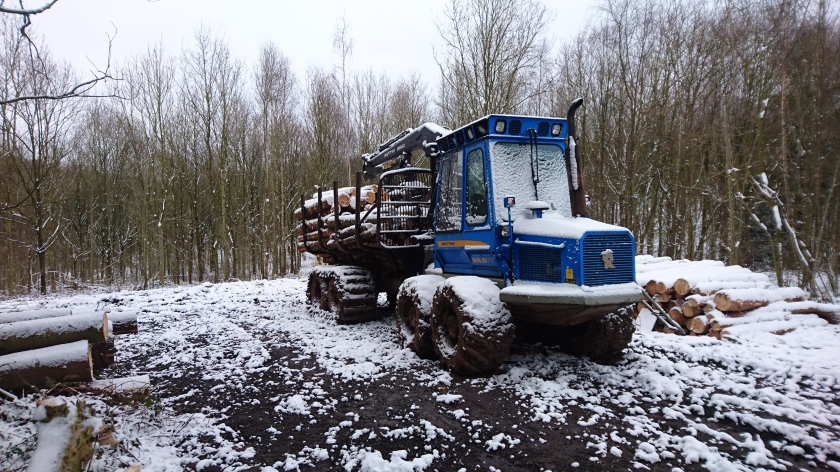Despite my rugged, muscular, ‘man of the mountains’ aura (sic) that I possess, I do have a sensitive side. A few years back, I felt sensitive enough to put my feelings down on paper in poetry form of how I was feeling about some proposed housing developments on designated green belt land near the town where I live. I was quite pleased with the result, not because it was good (it wasn’t) but for the fact that for the first time, I had actually hit the nail on the head with what I wanted to say without being vague and dancing around the subject. The title of this as-yet-to-be-published ditty was Progress.
I called it so in a ironic, sarcastic way as in my view, carving up the green belt was far from progress. After all, how can sacrificing greenery and its own delicate ecosystems in favour of bricks, mortar, cars and concrete be a sign of progress? Councils have the habit of removing green belt status from any previous green belt land as and when they see fit. In my view it makes a mockery of all the systems and policies in place. If green belt can be reassigned, what about conservation areas, SSSIs, Areas of Outstanding Natural Beauty or even National Parks? Is it just something to revoke when the call is made?

Apart from having nice spaces to look at, humans need them. More importantly, so does the planet. The planet seems to be the biggest loser among all of this ‘progress’, having to contend with our materialistic existence and demands to move quicker at whatever costs. Green spaces, clean air and generally exercising outdoors have been proven to promote healthy bodies and minds. With diabetes, obesity and mental illness on the rise, could there be a link between lack of open space, natural beauty and increased urbanisation and these human conditions? Maybe. A huge part of the problem though is down to increased industrialisation and automation making the human race and labour redundant. With nothing for us to fill the void left by an honest day’s work, we have to look towards other things that ultimately make us unhappy – the never-ending vacuum of material want.
All of this is bringing me more questions than ideas, and not wanting to ramble, this is the end – for now. Which is why it is called Part One!
It would be interesting to hear your thoughts, ideas, or experiences from your lives, cultures and environments too.

